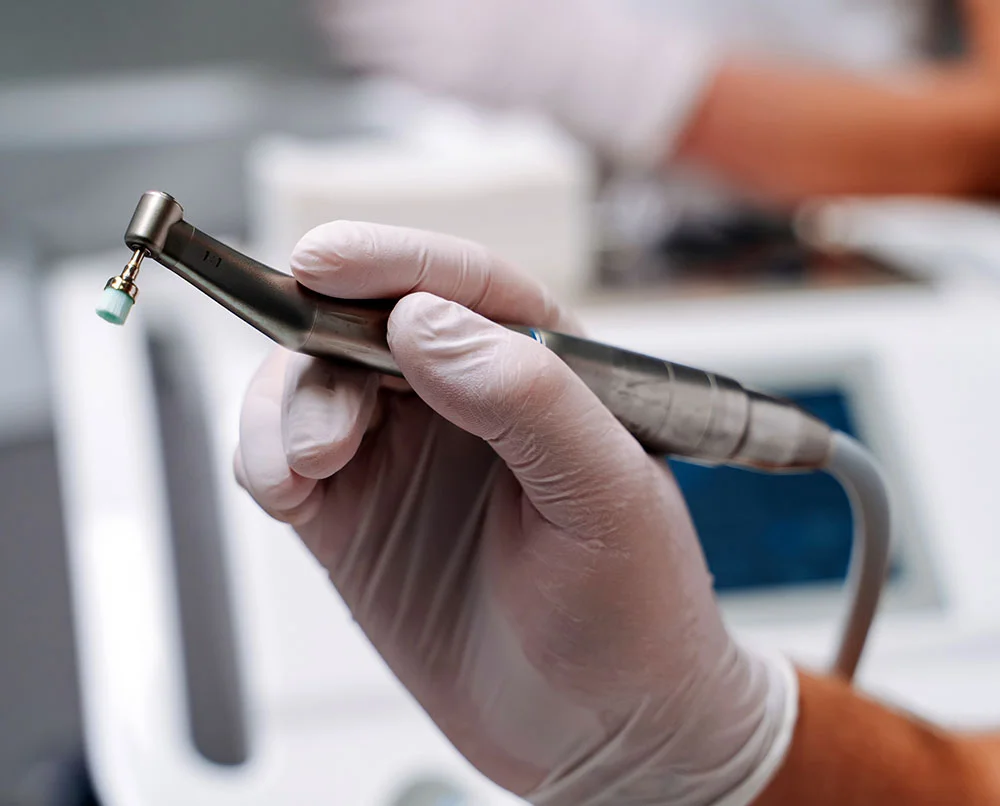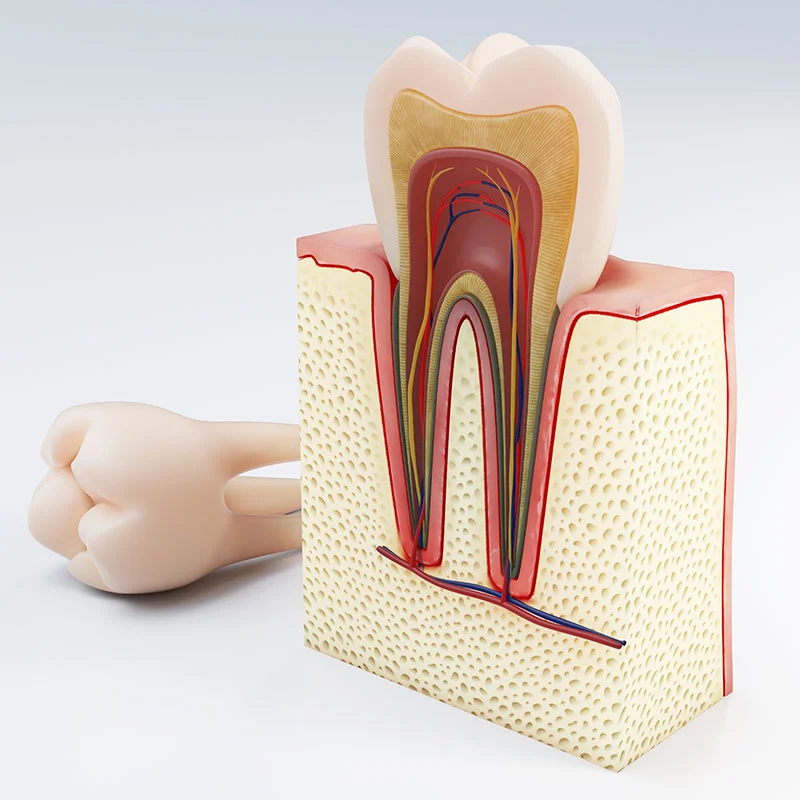Endodontic
Endodontics Surgery
All of our dentists undertake endodontic treatment, also known as root canal treatment. Some of our dentists have a special interest & specialist in root canal treatment and are able to perform this complex procedure to a very high standard.
If a root canal treatment fails, it can often be redone. A number of our Dentists are capable to carry out re-root canal treatment.




Root Canal Treatment
What is Root Canal Treatment?
Teeth are held in the jaws by their roots. Front teeth normally have one root, but teeth further back have more. At the core of each tooth is a soft mass of tissue called the pulp. In a healthy tooth, the pulp contains living fibres, cells, nerves and blood supply, extending into the root(s) through the root canal(s).
Decay or injury can destroy the living pulp. Because dead pulp lacks a blood supply, it is more prone to infection, leading to an abscess and toothache.
Root canal treatment (also known as root filling or endodontics) means removing damaged or dead pulp and filling the space left. The remaining tooth can then be repaired.
How is a Root Canal done?
An X-ray can show the number and shape of the root canals, and also signs of infection in the surrounding bone. Teeth can have a number of roots and some are easier to fill than others because of their shape.
You will be given a local anaesthetic and then an opening is made through the top of the tooth, down into the pulp.
The dentist then uses files to remove the dead pulp from the core of the tooth and from the root canal(s). The dentist will also disinfect the root canal system.
At this point, the dentist may put in a temporary filling and if you will have to return at a later date, once symptoms have settled, the dentist can complete the treatment.


